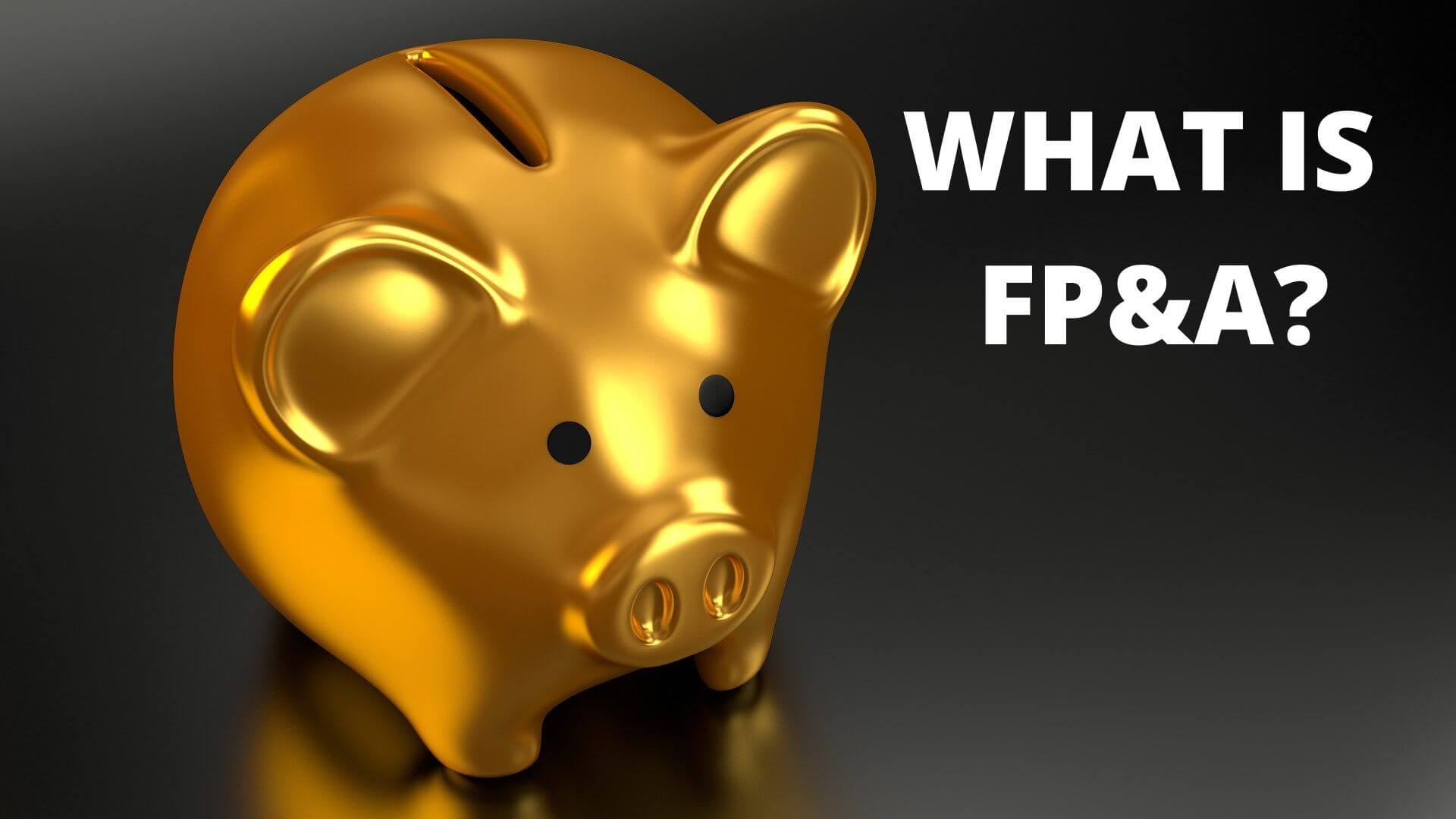Wouldn’t it be great if you could predict the outcome of every decision you make? That way, you could take the road of least resistance and avoid making the wrong choices. Unfortunately, predicting the future isn’t possible (as far as we know). But with strategic scenario planning, you can get pretty damn close.
Strategic scenario planning means thinking through every business decision carefully. Reducing risk and building awareness of what could happen can help you prepare for almost anything.
But how does strategic scenario planning work? And how can finance teams use it to future-proof the business?
Let’s find out!
In this article, you’ll discover:
- What strategic scenario planning is
- The pros of strategic scenario planning
- Common challenges of strategic scenario planning
- How to use strategic scenario planning
- Tips for building a strategic scenario planning strategy
What is strategic scenario planning?
Strategic scenario planning investigates the past and present to predict the future.
Think of it like researched storytelling with a greater purpose. You use strategic scenario planning to help identify uncertainties and anticipate potential risks.
Armed with this knowledge of ‘what if’ scenarios, you can think through and plan for events ahead of time. That way, if any of the events occur, you'll have an action plan ready to deal with the situation and mitigate risk.
It's best to keep your scenario action plans on file. So, if a potential scenario begins to play out, your team can react almost immediately and in real-time.

Why strategic scenario planning is so awesome: the benefits
Although it can be time-consuming to perform strategic scenario planning for outcomes that may never actually happen, it has its fair share of advantages.
Here are some of our favs:
- Scenario planning helps executives understand the impact of a variety of potential events. As you can imagine, this makes it a lot easier for you to explain why action plans for such scenarios are necessary.
- It can take place at any level of an organization. You can use strategic scenario planning for the entire business or individual projects.
- Not sure where or how to allocate limited resources? Scenario planning helps finance teams and senior management divide resources rationally and effectively.
- Reducing risk is a huge benefit of strategic scenario planning. It gives you the insight to prepare for a variety of possible outcomes, avoid risk, and ‘fix’ weak spots.
Common challenges of strategic scenario planning
Like most things, strategic scenario planning comes with some good and bad points. Most of the time, the good outweighs the bad. However, you've also got to prepare for some of the difficulties of implementing scenario planning in your business.
Here are a few:
- It can be expensive. You’ve to make sure your budget allows for the costs and resources that come with scenario planning.
- It’s time-consuming and can take some organizations months to complete. A lot of the time is spent collecting and interpreting data from various sources.
- How many plausible scenarios should a company plan for? And how far ahead should your company use strategic scenario planning? These are legitimate questions you should answer ahead of time.

How to use strategic scenario planning
Designed to build a company’s resilience, strategic scenario planning focuses on identifying future threats, risks, and opportunities.
Think of strategic scenario planning as your company’s coat of armor. It helps you make swift decisions, prepare for future uncertainty and shield the business from potential threats.
But how can you perform strategic scenario planning and scenario development effectively?
Here’s a simplified breakdown of the strategic planning process:
1. Consider future scenarios
The first step is like a giant brainstorming session. You’re brainstorming future scenarios that could happen within a specific time frame.
For example, if you choose a time frame of 12 to 18 months, consider various scenarios that could occur during that time.
Some factors to consider include:
- Technological advancement
- Your product’s life cycle
- Current political conditions
- Your competitors
When brainstorming potential changes, investigate the past for reference. What happened in the last 12 to 18 months?
Don’t limit your thinking to business-related occurrences, either. Yes, you need to consider changes that occurred in your organization. But you’ve also got to think further out. What changes happened in your industry, country, or the world?
Covid-19 is the perfect example of a possible scenario that affected the entire world (even though it was almost impossible to predict). The point is that you need to consider changes that could impact the company both inside and outside of its borders.
2. Recognize existing trends
No, we’re not talking about the latest fashion trends but rather, the trends and driving forces impacting your organization today.
Think about who’ll be affected by these trends and driving forces - and who or what could influence them.
Driving forces can include customers, employees, shareholders, suppliers, competitors, and even the government. When considering driving forces, identify their existing roles, interests, positions, and progress over time.

3. Build a strategic scenario planning template
You’ve identified the key driving forces, such as markets, customer behavior, technology, organizational capacities, the competitive structure of your industry, etc.
Now, you can include these driving factors in your scenario planning template. Having a template will save you time as you can use it to create each scenario action plan.
4. Develop multiple scenarios
This is where the real legwork begins.
It’s time to build multiple scenarios - but start with one at a time.
Developing a single scenario to start with minimizes the sheer amount of overwhelm that comes with strategic scenario planning. We advise that you try to keep things as simple as possible.
You can start by building a condition related to each driving force included in the template. Then, create a situation based on the trends of the market. This is where your storytelling skills come into full effect.
You’ll have to consider things like how this scenario will likely play out. If it helps, think of it as writing a plot of a story or movie. Then, build your scenario around it, making sure to identify specific touchpoints along the way.

5. Evaluate your scenarios
Once you've created a scenario, take out your magnifying glass and evaluate it using a systematic approach.
When creating scenarios, it can be tempting to rely on your imagination a bit too much. To avoid this, base your scenarios on data as well as experience and knowledge.
When evaluating a scenario and brainstorming everything that could impact the issue, it’s worth asking questions to generate answers.
Here are a few examples for talk’s sake:
- What will customers think about our product?
- Will energy and gas prices rise or fall?

6. Create an efficient and effective response strategy
Now that you have a detailed list of scenarios, you can build a response strategy for each one.
Your action plan should act as a framework that the entire team can follow. It’s also important to update your strategies to keep up with market trends and changes. You’ll also have to update your existing strategy as decisions are made by the senior management of your company in real-time.
Simply put, your action plan must provide your organization with the roadmap to react to disruption quickly and confidently.
Tips for building a strategic scenario based planning strategy
When building potential outcomes for your scenario based planning strategy, there are many key points to consider.
You’ll begin with the key issue you want to address and clarify the time frame (12 months, several years, a decade, etc). Then, you must think about the external factors that could impact your scenarios. This is then followed by the internal drivers that need addressing.
Next, define assumptions based on the scenario. And define what perspective the company must take when reacting to the said scenario.
Finally, strive to maintain the scenario by ensuring the company has the necessary data, skills, technology, and bandwidth to react to scenarios accordingly.
Here are a few more tips to help create a strategic scenario planning strategy:
- If you work in a large organization, make sure you assemble the best team for the job. Your team should include FP&A members and other business units such as Human Resources.
- Collect the relevant data. You can’t create accurate case scenario plans without having the right data. This includes historical data, headcount, comparative sales data, etc.
- Keep things simple. Model with basic scenarios.
- Review short term and long term trends likely to impact your organization and do so often!
- Resist the temptation to base decisions on what you know right now.
- Although historical data reveals a lot, it’s a bad idea to assume that the future will look the same as the past.
- Assess how scenarios will impact the business and create response strategies for each one.
Key factors and takeaways:
- Strategic scenario planning investigates the past and present to predict the future.
- Your scenario action plan should focus on identifying future threats, risks, and opportunities. It must act as an easy-to-follow roadmap that ‘safely’ leads the organization through disruption quickly and confidently.
- Don’t forget to analyze existing trends and driving forces impacting your organization. Then, build those into your strategic scenario planning process.
- Think about creating a scenario in the same way that a writer builds the plot of a story. Then, build your scenario around it, making sure to identify specific touchpoints along the way.
Want to read more articles about FP&A? Check out our library of FP&A content right here and get stuck in!




 Follow us on LinkedIn
Follow us on LinkedIn




